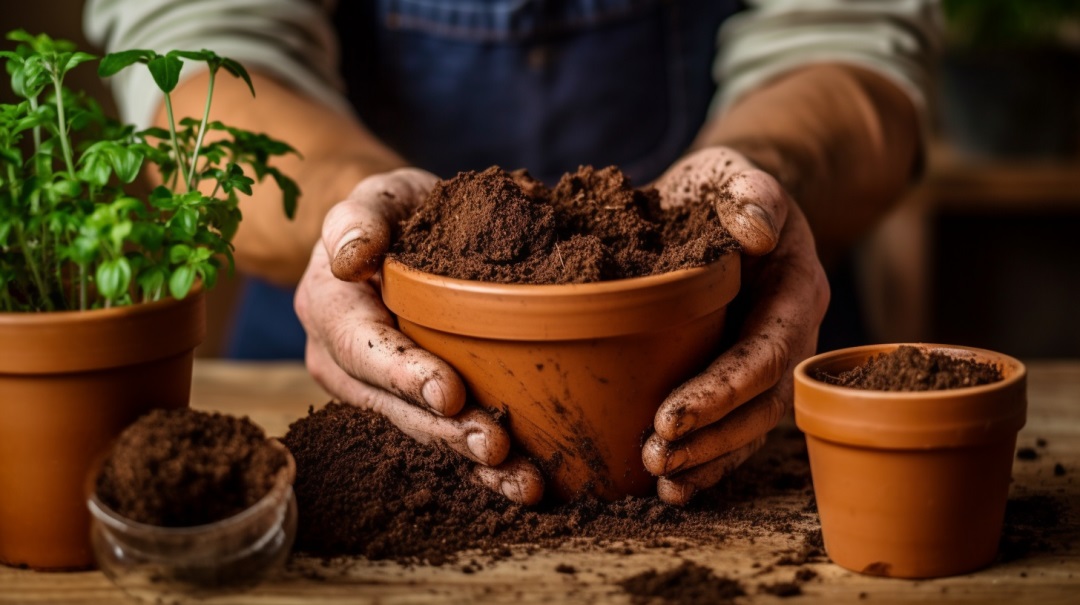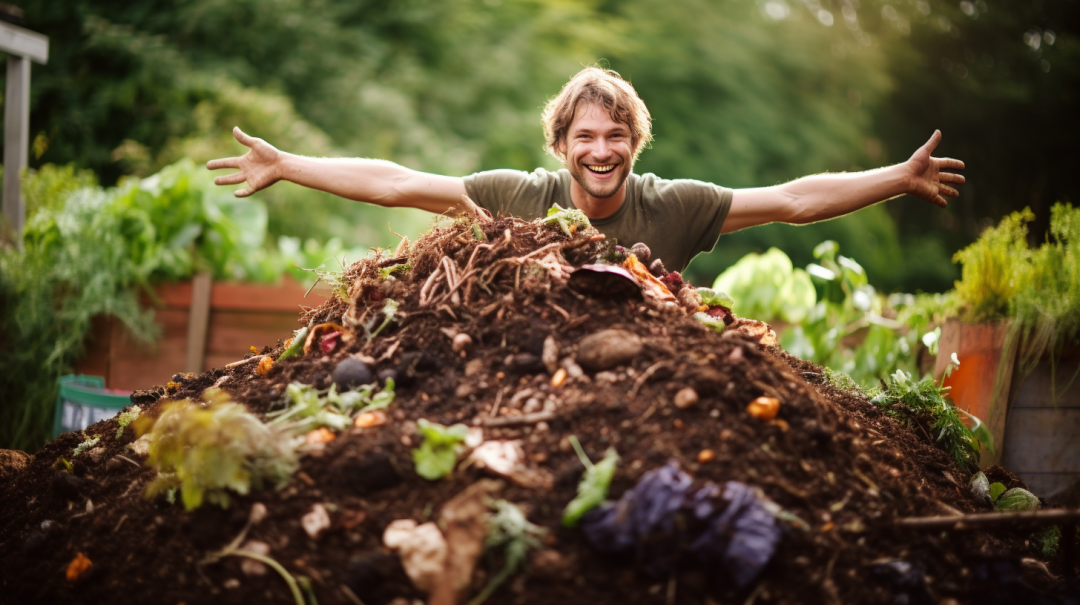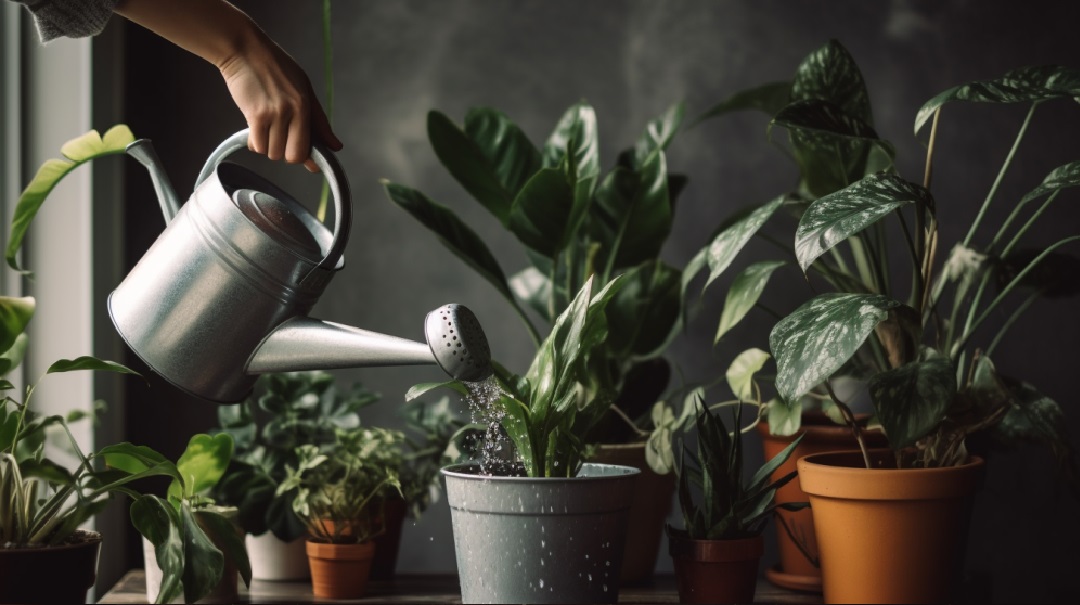Growing tomatoes in a greenhouse can be especially rewarding as tomatoes are a favorite vegetable for many. Tomatoes can be grown in greenhouses year round, which makes them ideal for busy gardeners. In this blog post, we’ll take a look at everything you need to know about growing tomatoes in a greenhouse. Let’s get started!
Growing tomatoes in a greenhouse can be a rewarding experience, providing you with a plentiful harvest of fresh tomatoes. However, there are a few potential problems that can arise when growing tomatoes in a greenhouse. In this guide, we will discuss several of the most common issues and provide solutions to help you achieve success while growing tomatoes in a greenhouse.
The first potential problem is extreme temperatures. Tomatoes are a warm season crop and need temperatures between 65 and 85 degrees Fahrenheit to thrive. This can be difficult to maintain in a greenhouse, which can become unbearably hot during the summer months. To avoid this, it is important to provide adequate ventilation and shade within the greenhouse. Installing a fan or using a misting system can help to circulate the air and keep temperatures more comfortable. Additionally, placing reflective material such as aluminium foil on the roof of the greenhouse can help to deflect heat and keep the temperature inside more balanced.
Another potential issue when growing tomatoes in a greenhouse is pests and diseases. Aphids, thrips, and whiteflies are common pests that can attack tomato plants, and diseases such as verticillium wilt and fusarium wilt can also be a problem. To prevent these issues, it is important to keep the greenhouse clean and free of debris. It is also a good idea to practice crop rotation, as this can help reduce the chance of disease and pest infestations. If a pest or disease is present, it is best to remove infected plants right away to prevent the problem from spreading.
Finally, it is important to provide adequate nutrients and water to the tomatoes growing in a greenhouse. Tomatoes need plenty of nitrogen, phosphorus, and potassium in order to grow, and they require regular watering. Installing a drip irrigation system can help to ensure that the plants are getting the water they need. Using fertilizer specifically designed for tomatoes can also help provide the proper nutrients for the plants.
Following these tips and guidelines can help to ensure a successful harvest when growing tomatoes in a greenhouse. With the right preparation and care, you can enjoy a plentiful and delicious crop of tomatoes each season.
Introduction to Growing Tomatoes in a Greenhouse – Benefits, Costs and Planning
Growing tomatoes in a greenhouse offers a range of benefits and advantages to gardeners, allowing them to produce high yields throughout the year and in even the most challenging of climates. Greenhouses provide a controlled, protected environment that allows growers to cultivate a wide variety of tomato varieties, even in areas with short growing seasons or limited space. Greenhouses also offer excellent protection against pests, diseases, and other environmental factors. The costs associated with setting up and maintaining a greenhouse will vary depending on the size and type of structure, as well as the number of tomato plants that will be grown. Before starting a greenhouse tomato growing project, it is important to carefully consider all the factors involved, and to plan accordingly.
When starting a greenhouse tomato growing project, it is important to choose the right tomato varieties for the climate and conditions. There are many different tomato varieties available, and each may require different growing conditions. Additionally, tomato plants can be sensitive to their environment, and it is important to monitor the temperature and humidity of the greenhouse to ensure optimal growth. Once the tomato plants are in the ground, they require regular watering, and should be kept free of weeds. Additionally, the tomato plants should be regularly pruned to encourage larger yields.
Finally, it is important to protect tomato plants from pests and diseases. Greenhouses provide an ideal environment for controlling pests and diseases, but it is still important to inspect plants regularly and to take precautions such as installing insect netting or applying organic pesticides. In addition, it is important to harvest the tomatoes at the right time to ensure they are of the highest quality. With careful planning and regular maintenance, greenhouse tomato plants can provide gardeners with high yields of delicious fruits all year round.
Choosing the Right Tomatoes for Growing in a Greenhouse – Varieties and Selection
Growing tomatoes in a greenhouse can be a great way to ensure a successful harvest. When selecting the tomato varieties to grow, it is important to consider the climate and soil conditions of the greenhouse. Tomato plants prefer warm, humid climates and well-drained soils, so it is important to select varieties that can tolerate these conditions. It is also important to select varieties with disease and pest resistance, as a greenhouse can be more susceptible to disease and pests than outdoor gardens. Additionally, it is important to consider the size, shape, and color of the tomatoes, as well as their flavor.
Once the varieties are selected, it is important to consider the tomato plant care that is required in a greenhouse. The temperature and humidity should be monitored regularly, as well as the light levels and soil moisture. Additionally, the plants should be pruned and fertilized regularly to encourage healthy growth. Regular pest control should also be practiced to prevent infestations. Additionally, it is important to select the right containers and stakes for the tomato plants to ensure they have enough room to grow and stay upright.
Finally, planting the tomatoes and harvesting the crop can be a rewarding experience. When planting, it is important to ensure that the tomatoes are planted at the correct depth and in the right orientation. The soil should be well-drained and the tomato plant should be spaced correctly to ensure adequate air circulation. During the harvest, it is important to pick the tomatoes at the peak of ripeness and store them properly to ensure the best taste and quality. Following these steps can help ensure a successful harvest of greenhouse tomatoes.
Preparing the Greenhouse for Planting Tomatoes – Soil, Fertilizer, and Watering
Preparing a greenhouse for planting tomatoes is an exciting and rewarding experience. It is important to ensure the soil is well-prepared, with the right balance of nutrients, before planting. To do this, it is best to start by adding a well-balanced fertilizer, such as one specifically designed for tomatoes, to the soil. Next, the soil should be tilled to a depth of at least six inches, to ensure optimal nutrient absorption. After tilling, an additional layer of compost can be added to the soil to further enrich it.
When it comes to watering tomatoes in a greenhouse, it is important to maintain consistent watering, as tomatoes require a lot of moisture. A drip irrigation system is ideal for this purpose, as it provides even and consistent watering. Another important factor to consider is sunlight, as tomatoes in a greenhouse need lots of light. Positioning the greenhouse in a location that receives between six and eight hours of sunlight a day is ideal.
The type of tomato variety chosen for planting in a greenhouse is important, as some varieties do better in a greenhouse than others. It is best to choose a variety that is disease-resistant and well-suited to greenhouse conditions. Additionally, tomato plants should be pruned regularly and monitored for pests, such as aphids, to ensure a healthy harvest. With the right soil preparation, watering, sunlight, and variety, tomato plants can thrive in a greenhouse environment.
Planting Tomatoes in the Greenhouse – Timing, Planting Methods, and Support Structures
Growing tomatoes in a greenhouse has its rewards. For one, the greenhouse environment provides a more controlled environment for the plants, allowing for a longer growing season and a larger yield. When considering planting tomatoes in the greenhouse, timing is key. Planting should take place either in late winter or early spring. Tomatoes are typically planted from seed or from a transplant. Transplants are more commonly used due to the faster germination time, however, seeds can be used with slightly more care and caution. Depending on the variety of tomato, the plants may need a support structure such as a trellis or cage. This will help the plants keep upright and will also help support the weight of the tomatoes once they are fully grown. Proper plant care is also important when growing tomatoes in the greenhouse. This includes controlling the humidity and temperature, as well as providing adequate nutrition and water. Additionally, pest control should be established in order to keep disease and insects at bay. Finally, when harvesting the tomatoes, it is best to pick them when they are ripe in order to maintain quality and taste. With the right knowledge and care, growing tomatoes in the greenhouse can be a rewarding and successful endeavor.
Caring for Greenhouse Tomatoes – Ventilation, Temperature, Humidity, Pruning and Pest Control
Growing tomatoes in a greenhouse is a great way to produce a large and bountiful harvest. Greenhouse tomato plants need to be cared for properly to ensure healthy and productive plants. Ventilation is one of the most important factors in caring for tomatoes in a greenhouse. Proper ventilation helps to prevent fungal diseases, while maintaining the temperature and humidity levels required for tomatoes to thrive. Temperature should be kept between 65-75 degrees Fahrenheit and humidity levels should be kept between 50-60%. Pruning is another important step in caring for greenhouse tomatoes. Pruning helps to direct the energy of the plant into producing fruit. Pest control is also important when growing tomatoes in a greenhouse. Common pests that can damage tomato plants include aphids, whiteflies, and spider mites. It is important to check the plants regularly for pests, and to use an appropriate insecticide to prevent damage. Planting the right tomato varieties is also important when growing tomatoes in a greenhouse. Heirloom tomato varieties tend to produce the best flavor and texture when grown in a greenhouse. When planting tomatoes in a greenhouse, make sure to space the plants far enough apart to allow for adequate airflow. This will ensure that the tomatoes will have enough light and air circulation to stay healthy and produce a great harvest. Tomato plants should be harvested when they are ripe and ready to eat. Be sure to check the tomatoes regularly to ensure they are ready to harvest. By taking the time to properly care for greenhouse tomatoes, you will be rewarded with a delicious and abundant harvest.
Harvesting and Storing Greenhouse Tomatoes – When to Pick and How to Store
Harvesting and storing greenhouse tomatoes is a critical part of the gardening process. Knowing when to pick and how to store tomatoes can help ensure a successful crop. Tomatoes grown in a greenhouse can be harvested sooner than those grown outdoors as the greenhouse environment provides a protected environment and allows for more control over the growing conditions. The ideal time to harvest is when the tomatoes are ripe and still firm. Tomatoes that are overly soft and starting to wrinkle may not store well. Depending on the variety of tomato, they can be harvested while they are still green, or when they have achieved full color. It is important to inspect the tomatoes for any signs of disease or pest damage before harvesting.
When it comes to storing greenhouse tomatoes, it is important to choose the best environment to ensure the tomatoes remain fresh and tasty. The ideal temperature for storing tomatoes is between 55 and 70 degrees Fahrenheit with a relative humidity of about 75%. If the temperature is too high, the tomatoes will break down too quickly, while temperatures that are too cool can result in chilling injury. Greenhouse tomatoes can be stored in a refrigerator, but should be placed in a perforated plastic bag to help maintain the ideal humidity level. Tomatoes can also be stored in a cool, dry place with good air circulation, such as a pantry or a root cellar.
When harvesting and storing greenhouse tomatoes, it is important to practice good hygiene to prevent the spread of disease and pests. It is also important to make sure the tomatoes are picked and stored properly, so that the fresh-picked flavor can be enjoyed for weeks or even months. With the right knowledge and care, greenhouse tomatoes can be successfully harvested and stored for a delicious and bountiful crop.
Troubleshooting Tips for Growing Tomatoes in a Greenhouse – Common Problems and Solutions
Growing tomatoes in a greenhouse can be a rewarding experience for those who are looking for a steady year-round supply of delicious home-grown tomatoes. To ensure a successful tomato-growing experience, it is important to be aware of the common problems that may arise when growing tomatoes in a greenhouse, as well as the solutions to those problems.
The most common problem when growing tomatoes in a greenhouse is pest infestation. To prevent pests from invading your greenhouse tomato plants, be sure to inspect the plants regularly and remove any pests that you find. Additionally, it is important to practice good sanitation to keep pests away, such as removing old or decaying plant material. Another common problem when growing tomatoes in a greenhouse is insufficient pollination. To ensure successful pollination, consider adding pollinator-friendly plants to your greenhouse and providing supplemental pollination for your tomato plants.
It is also important to consider the type of tomato that you are growing. Different tomato varieties require different levels of sunlight and temperature, and it is important to select a variety that is best suited to the climate of your greenhouse. Additionally, tomato plants require some additional care in order to grow successfully in a greenhouse, such as adequate watering, fertilization, pruning, and staking. Finally, it is important to remember to harvest your tomatoes at the right time to ensure the best taste and texture.
By understanding the common problems and solutions when it comes to growing tomatoes in a greenhouse, you can ensure a successful and rewarding tomato-growing experience.
Conclusion
Growing tomatoes in a greenhouse is a great way to get a head start on the gardening season and produce fresh, delicious tomatoes that are free of chemicals and pesticides. With a little careful planning, the right greenhouse environment, and some good old-fashioned hard work, you can enjoy a bumper crop of tomatoes in no time. From selecting the right variety of tomato to planting and harvesting, following this step-by-step guide will ensure that you get the most out of your greenhouse tomato growing experience.



Leave a Reply